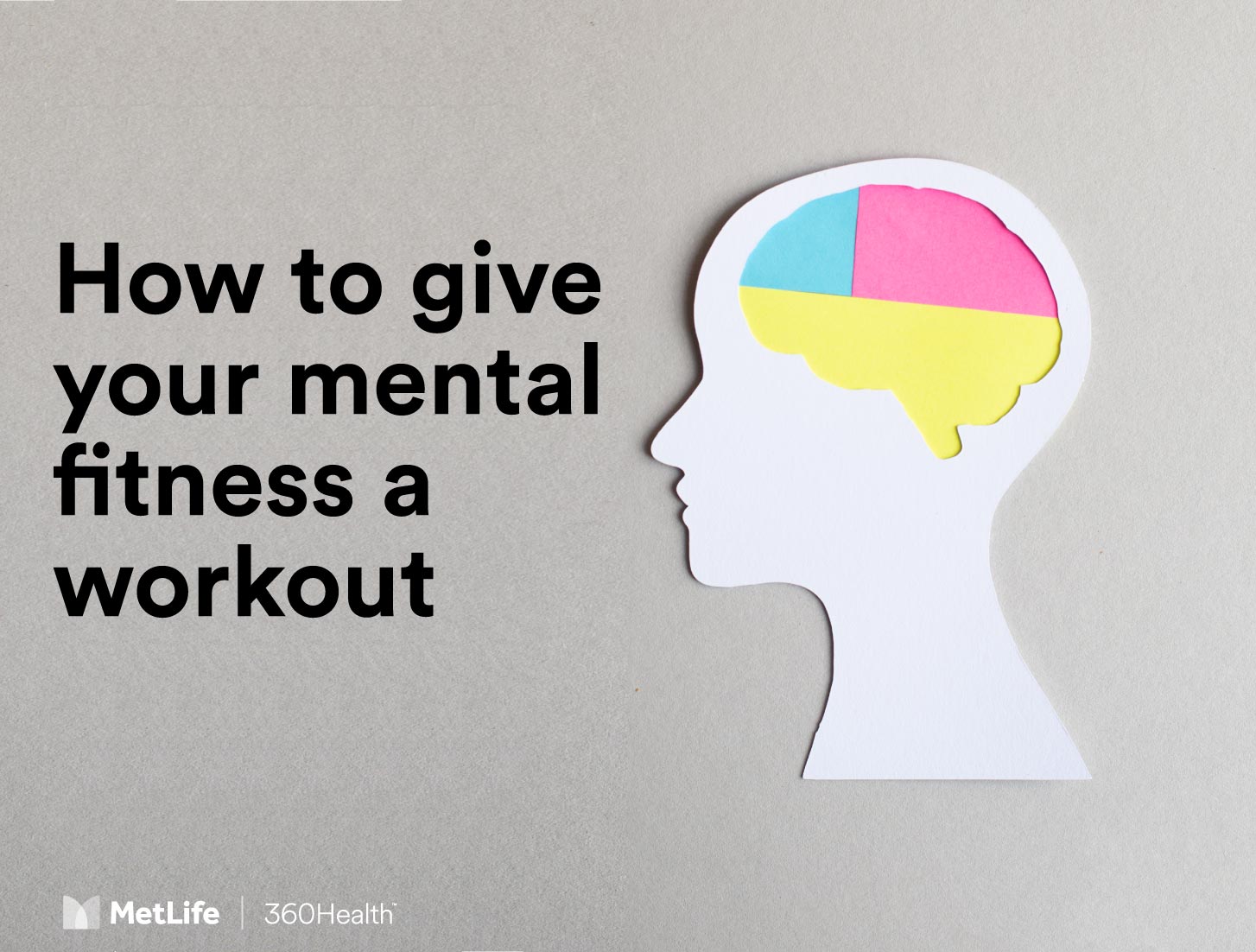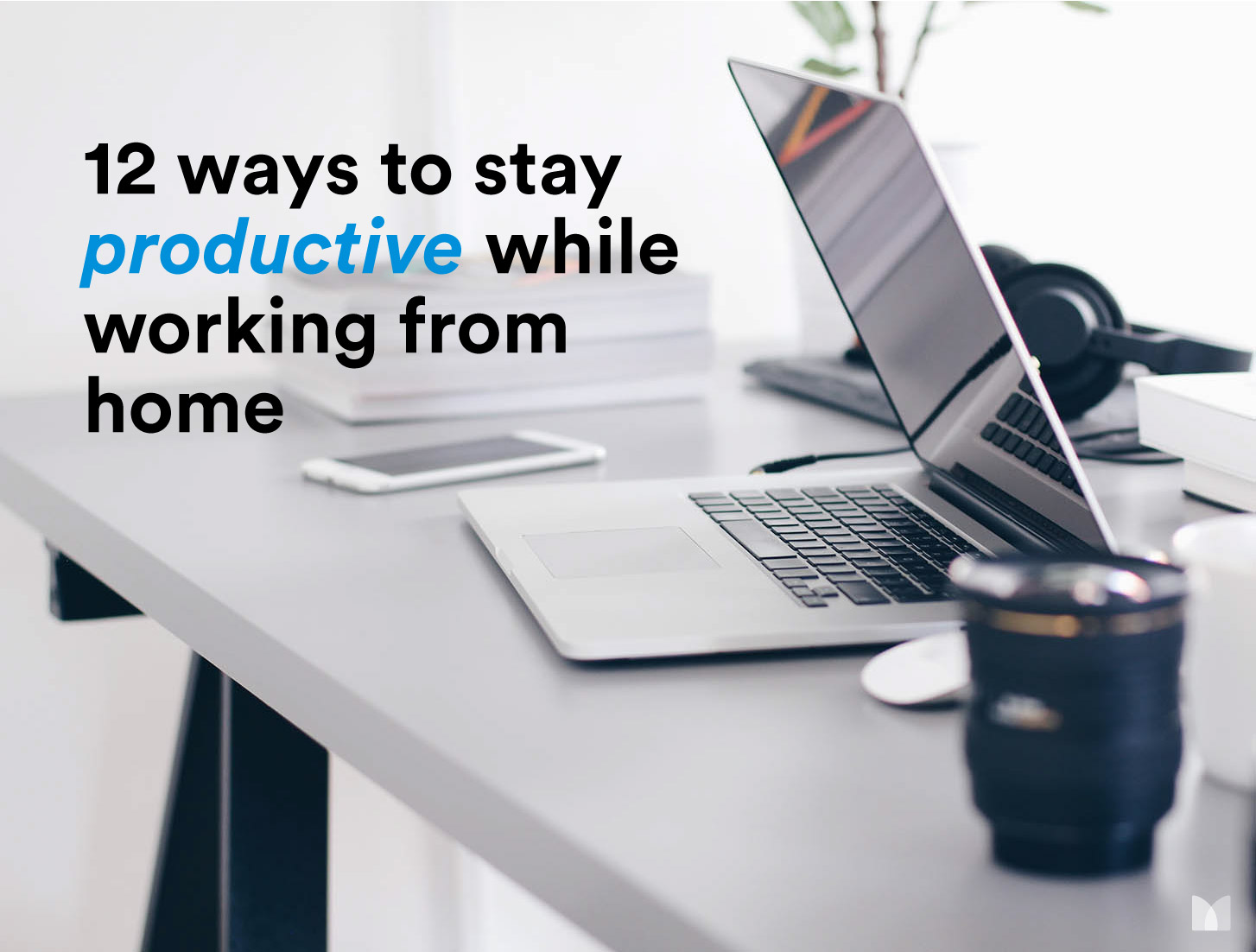
Australians are living longer and generally enjoying better physical health at each life-cycle stage from youth to retirement.
A desire to provide a reasonable quality of life for loved ones has always been a logical motivator for investing in life insurance. Now more Australians are reviewing their priorities and paying increased attention to how much cover they have at each life stage:
- Late-teens to late-20s: Australians generally start thinking about life insurance when their career takes off and may opt in for cover as part of their superannuation investment. At this life stage, stepped premiums based on age tend to be more popular.
- Late-20s to late-40s: During the prime years for getting into a relationship and growing a family, many Australians invest a significant part of their incomes in paying a mortgage or rent for the family home. At this stage, many people regularly increase their life insurance cover so it will keep a roof over their family's heads and cover education and extracurricular and car payments if anything happens to them. Level premiums budgeted at a consistent amount each year are popular.
- Late-50s and into retirement: Once the children have left home, many Australians begin accelerating their retirement investments, especially superannuation. They often choose to reduce their level of life insurance cover as the family home has been paid off. Their priority shifts from providing for several family members (who would by this stage have their own cover) to making sure their partner will be comfortably looked after if anything happens.
While each of these life-cycle stages motivates investment in life insurance, other triggers include significant changes in your income, health and number of dependents (including children, elderly relatives or other people in your care). So it’s worth speaking with a financial adviser regularly to ensure life insurance benefits and cover will meet your changing needs.












